It’s late July in Georgia. The temperatures are soaring and the humidity could drown you. Feeling a bit wilted, we decide to head to the mountains for a respite from the sweltering temperatures. We drive up highway 5 through Ellijay remembering its wonderful Fall Apple Festival. Then on through the rest of the apple capital of Georgia until we finally see signs for Blue Ridge.

Blue Ridge, Georgia
Blue Ridge is a favorite destination for us. We often camp at Morganton Point Recreation Area in the Chattahoochee National Forest. The campground sits along the edge of crystal-clear Lake Blue Ridge. It may not be the best-equipped campground, but its proximity to the lake, a remarkable assortment of hiking trails, and all the other area attractions make its rustic demeanor less problematic.
Downtown Blue Ridge is an afternoon well spent browsing the shops, having lunch or dinner in one of the local restaurants, and perhaps, spending some time talking with the folks at the Oyster Fly Rods shop. This is a fly-fishing country in north Georgia and the master fly rod wizard is Bill Oyster.

If your timing is good, you can watch him as he creates another masterpiece through a window into his workroom. Or, if you’re feeling nostalgic, hop a ride on the old train to McCaysville. It’s a four-hour trip winding through the mountains and over a historic iron bridge.
Along with kayaking and maybe a dip into the lake, we thought we would head into town and then take a side-trip on the way back to camp. We have in mind a particular north Georgia farm – a fourth-generation family-owned and operated apple orchard.
We had heard about Mercier Orchards while visiting Lane Peach Orchards near Fort Valley in South Georgia. The market operation at Lane’s is quite a spectacle with peach sorting in the summer and corn mazes in the fall. In their market, they carried a few products from Mercier that peaked our curiosity. The saleswoman there told us about Mercier’s expansive orchard operation, their growing variety of products, and their forward-thinking approach to agritourism. Having been in the tourism industry for most of my career, I was curious about what they were doing.
Now, a year later, we are on our way to visit this legendary family operation. As we came up a ridge we saw acres of small trees on either side of the road. I was expecting big apple trees similar to the ones at my childhood home in New Jersey. These were much smaller and planted pretty close together. I wondered if they might be part of Mercier’s nursery operation.
A Tour of Mercier Orchards
The Mercier Orchard Market appeared on the left – a rather large building with a giant apple marquis. We pulled into their spacious parking lot easily finding a spot for the Unity with a pond and orchard as a backdrop. We walked to the market entrance expecting to walk through the building to the orchards. Instead, we were caught up in the crowd of visitors rushing into a large, warehouse-type market. Surprised by the sheer size of the place and the tantalizing smell of freshly baked pies, we happily picked up a shopping basket and walked around.

Every shelf in the main market space was stacked with peaches. Overflowing baskets of yellow and coral-colored obs with a divine fragrance. Each rack held a different variety and all inviting a taste. How does one choose among so many options? A Mercier employee approached and guided us to the tasting station. There we were served a slice of each variety of peach to help us make our decision on which to purchase. All were delicious and each had a distinct flavor. Who knew there was such a big taste difference in peaches? But then again, I wasn’t expecting peaches.
Come to think of it, why are there so many baskets of peaches? Where are the apples? I strolled around the market and found baskets of fresh berries, tomatoes, okra, zucchini, squash, onions – but no apples. Hmm. I spotted the employee who helped me with my peach quandary and asked, “Where are the apples?” She just smiled. “Apples aren’t ready yet. They will be on the market sometime in August. Right now, the ripe crop is peaches.” An apple orchard growing peaches? The woman smiled and proceeded to show us around the market.
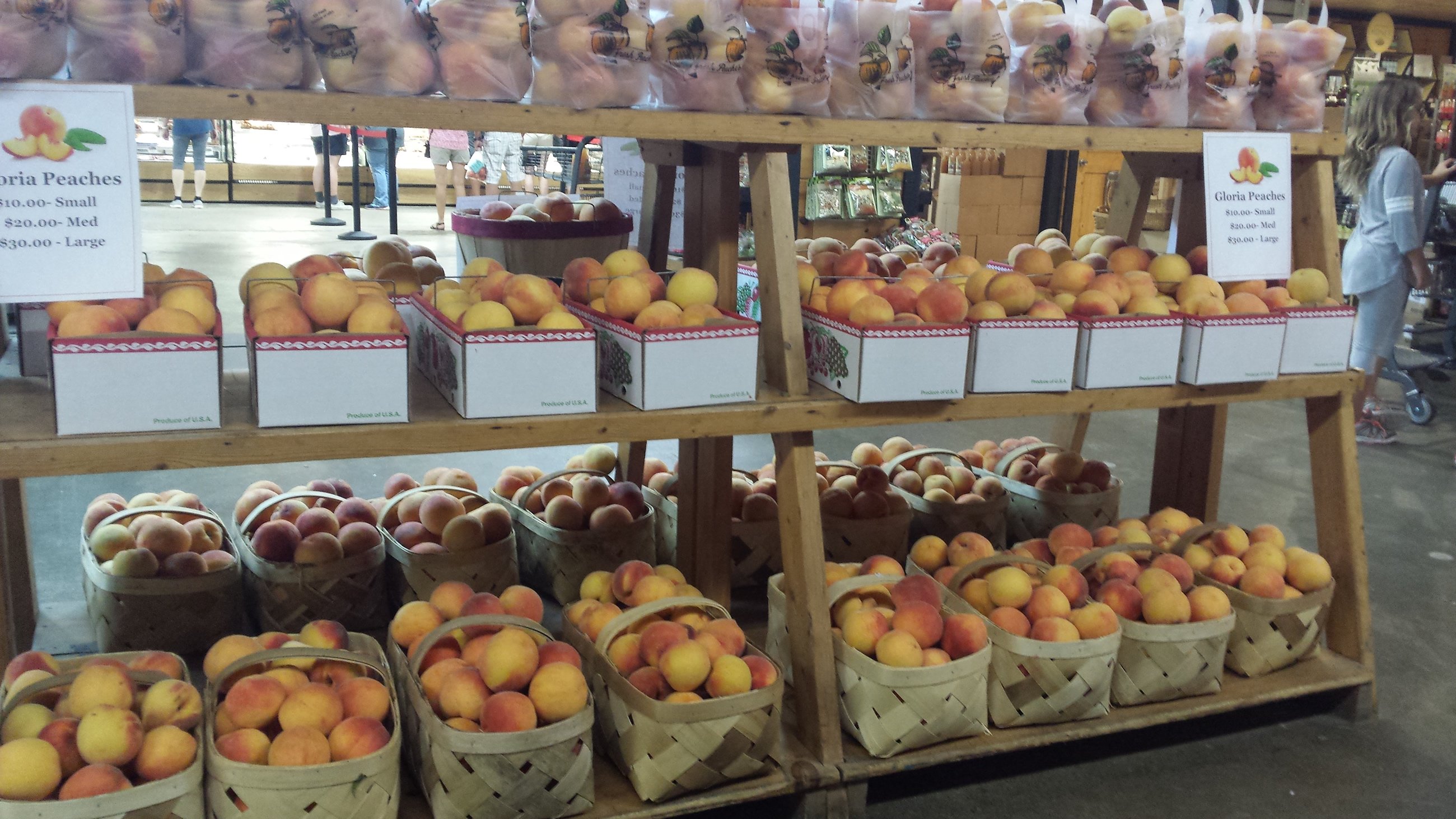
There were baskets of berries, peaches, fresh vegetables, the bakery with its fabulous fried fruit pies, shelves full of the local honey, and refrigerator cases of apple cider and juices. Expecting apples, we were more than surprised to learn how many other fruit products are grown and sold at Mercier Orchards market. But the real surprise is in its history.

The orchard is in its fourth generation as a family-owned enterprise. Originally, Bill and Adele Mercier purchased 25 acres in the north Georgia mountains back in 1943 and it has grown to 300 acres with over 100,000 trees. Those trees are primarily dwarf and semi-dwarf apple trees in over 50 varieties yielding between 75,000 to 100,000 bushels of apples every year. Those small trees I saw on the drive in were the dwarf trees! The close planting proximity allows a greater yield and the shorter height makes picking the apples easier.
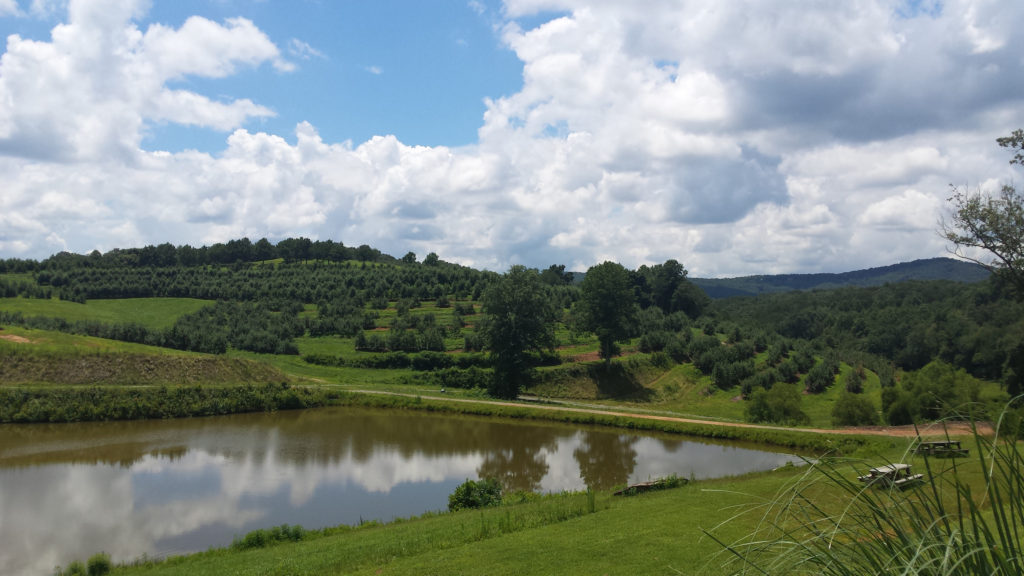
Interestingly enough, 70% of their apples are sold through their market and “U-Pick” events, where visitors can pick and purchase their own fruit. The program is available on weekends while the fruit is in the season (make sure to call ahead to find out what is available). The “U-pick” events offer strawberries, blueberries, blackberries, peaches, and, of course, apples. More than 600,000 people visit the orchard annually and some 100,000 of them come during the fall-peak apple season.
We learned from our guide that the Merciers also grow 15 varieties of peaches, 2 types of strawberries, and 7 varieties of blueberries. Not to mention blackberries and nectarines. This is far more than just an apple orchard! That 500,000 people who visit outside of apple season know what we are just discovering: Mercier Orchards has a secret – there’s more to love than just the apples! With our basket full of peaches and fresh veggies, we were ready to check out when our guide asked if we have visited the hard-cider and wine tasting room.
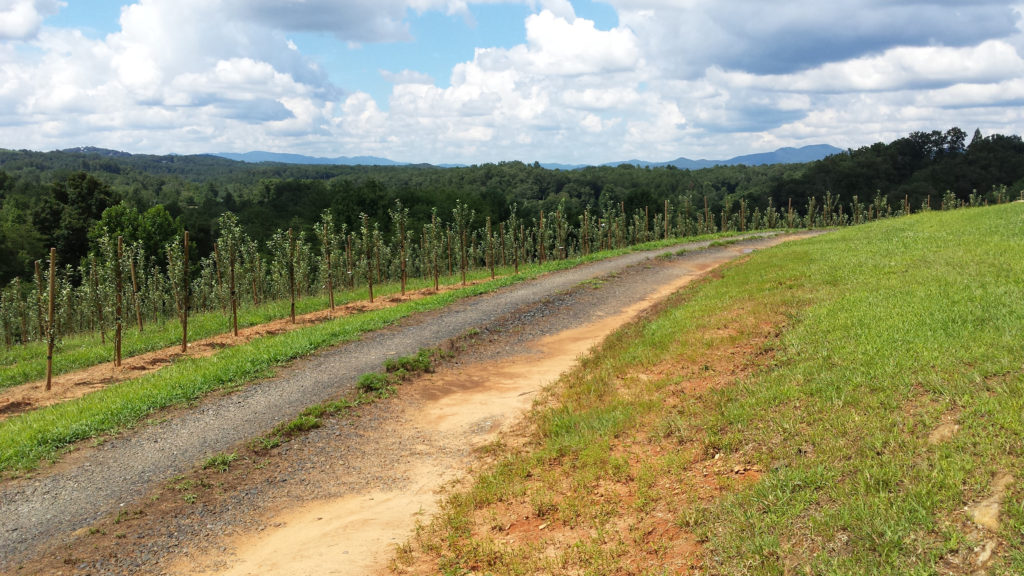
Although Mercier Orchards has been making fresh apple cider for over 40 years, they began hard-apple-cider production just six years ago. Using their own apples and champagne yeast, they grow, press, ferment and bottle all of their hard cider on-site. And, as it turns out, hard-cider and fruit wines are the fastest-growing part of Mercier’s business.
The tasting room is laid out similar to a craft brewery tasting room with comfortable seating areas (including an outdoor deck with views of the orchards), attractive product displays, and a long, wood bar with seven different varieties of hard apple cider on tap. Located off to the side of the market and connected through the gift shop, the tasting room is a quiet and enjoyable space.
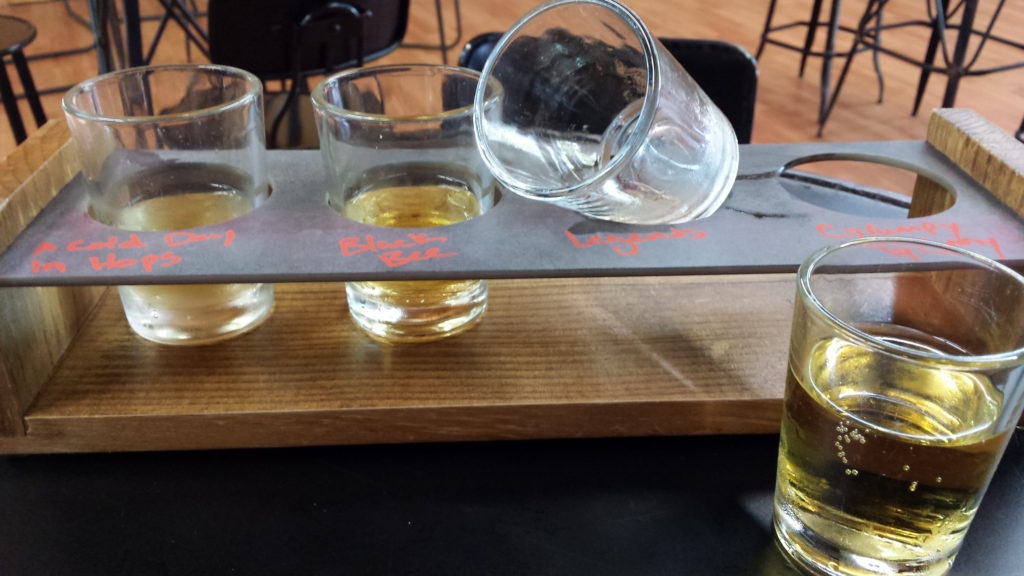
Our tasting host walks us through the menu of seven apple ciders currently on tap and two wines. Since they offer so many ciders, our host suggests a flight of four different ciders to sample. We chose four with interesting names: “A Cold Day in Hops” is infused with El Dorado hops and has the same hoppy taste of beer, “Black Bee” is made from Arkansas black apples and bit of local honey to give a smooth finish, “Legends” is made with a proprietary Mercier apple with a bold apple taste, and “Grumpy Granny” is cider made from Granny Smith apples with a strong, tart flavor. Each is unique in taste, depending on the variety of apples pressed. Anticipating the typical sweetness of apple cider I was surprised by how dry they tasted. More like a wine than a cider. They would be a great compliment to a pork roast or even a burger.
Our tour was complete, but in talking to our guide, we learned there are a number of activities, events, and tours available year-round. The obvious fall apple season is stunning with brimming bushel baskets of all sorts of apples. Bring the family for a tractor tour of the orchard and the “U-Pick” pumpkin events. Just remember the crowds are also brimming during this “high” season.
If you come in the winter, think about settling in with a cup of hot cider and delicious baked goods from their cherished family recipes. In springtime, you’ll find apple blossom tours – a lovely way to enjoy the North Georgia Mountains! Or, come in early summer when the “U-Pick” season begins and pick your own bounty of strawberries, blueberries, and blackberries. What we expected to be a quick stop while we were in Blue Ridge turned out to be an attraction worth visiting all year long!
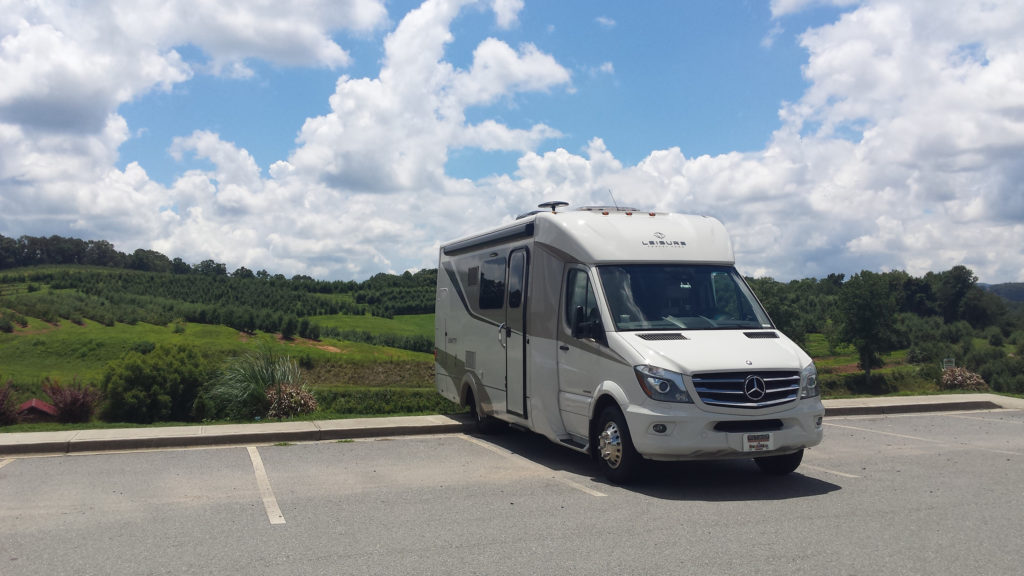
3-Day Itinerary for Blue Ridge, Georgia
Blue Ridge and the North Georgia Apple Country is a slow-paced and enjoyable weekend visit. Here’s a sample 3-day itinerary to get your planning started:
Day One
- Arrive at Morganton Point Campground and check-in.
- Take a swim or drop your kayak in beautiful Lake Blue Ridge
- Dinner at the Lake Blue Ridge Marina Restaurant and walk around Morganton Point
- Campfire and stargazing.
Day Two
- Tour downtown Blue Ridge. Be sure to stop by Oyster Fly Rods and watch master rod builder Bill Oyster do his magic. (If you are super lucky you might score a spot in his always-sold-out classes).
- Have an early Lunch at Danielle’s Great Eats Deli on Main Street (Soup, Salad, Sandwiches with a French flair!)
- Ride the Blue Ridge Scenic Railway from Blue Ridge to McCaysville (4-hr trip April through October only)
- Dinner at Harvest on Main (Southern Inspired Global Cuisine)
- Enjoy live music in the park on Thursday evenings (From Memorial Day through September)
Day Three
- Check out of the campground
- Drive over to Mercier Orchards (call to see what’s in season!)
- Have lunch at the cafe
- Sample the hard ciders in the tasting room or enjoy your flight out on the deck
- Take a U-Pick orchard tour and pick your own apples (or berries or peaches!)
- Shop the market (don’t forget the fried pies at the bakery!)
- Load up your fresh fruit and veggie treasures and head home!


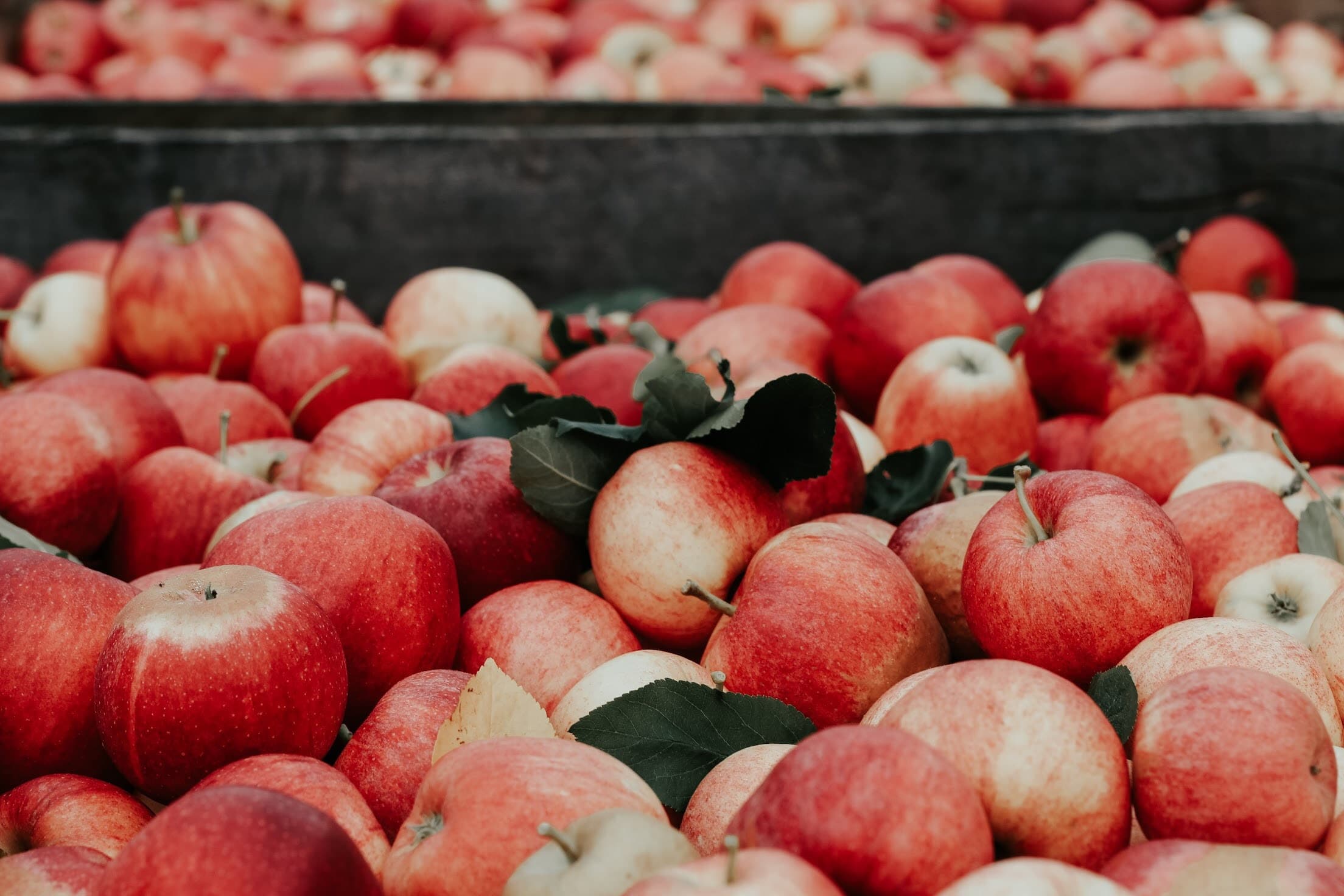
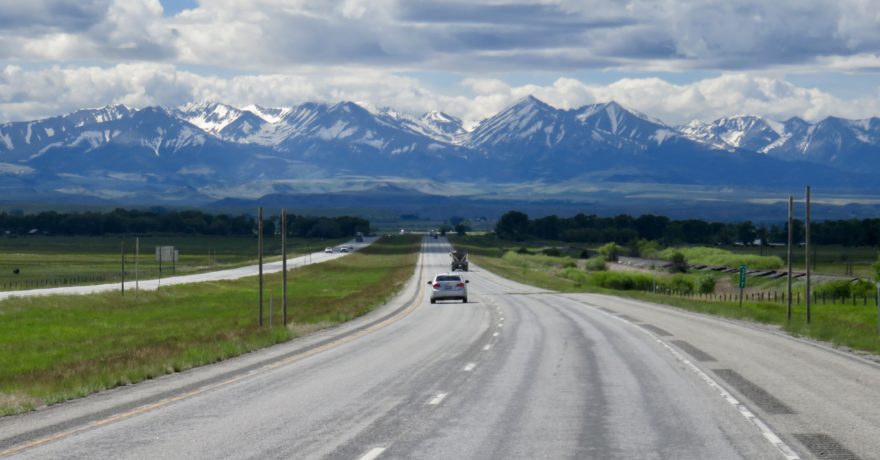
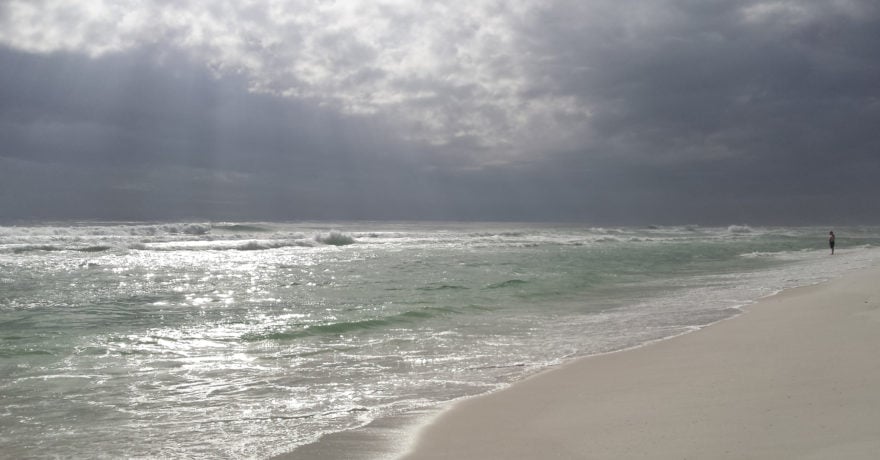

Comments